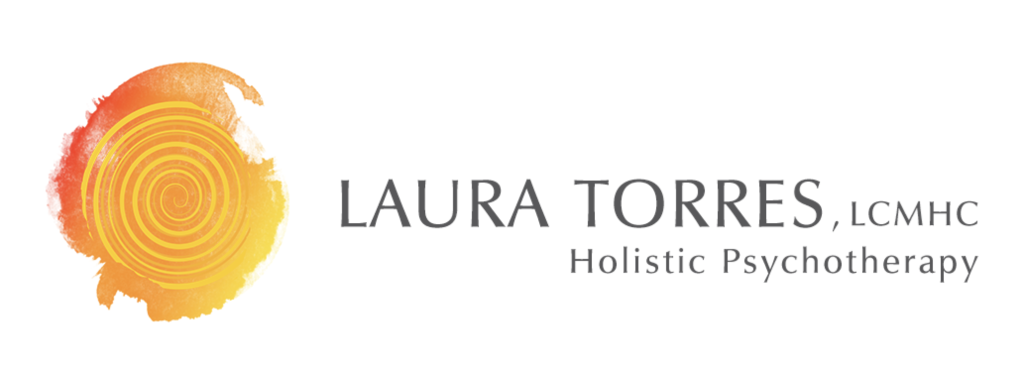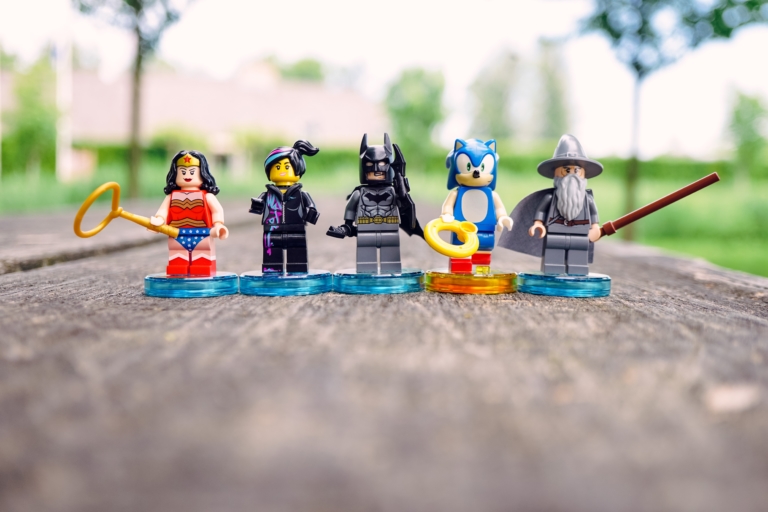Over the past few months I’ve been exploring a therapeutic approach called Internal Family Systems (IFS). One of the foundations of this model is the idea that we all have all of different parts, which have taken on certain roles or are carrying certain burdens. Our parts basically represent our ego or conditioned self so they are primarily concerned about our emotional and physical safety and survival. I want to highlight that all of us have parts that are playing roles.
And we all have what IFS calls Self energy, that is not a part with a role but more of who we are at our core. Some people call this energy God. Some people call it their intuition, soul, essence or higher self. Some people call it source or the universe. For the purposes of using a common language here, I’ll just use Self energy, but substitute whatever term resonates for you. Naturally, this energy is not concerned with survival because on the most basic level, it is never threatened.
Another tenet of IFS is that all of our parts are ultimately adaptive–meaning that they are supporting what they think is in our best interest. However, sometimes the impact of their actions doesn’t actually serve our best interest. But when this part first started to play its role, perhaps it was the only option available to keep us safe and connected. As adults, we have so many more resources and are able to keep ourselves safe and connected in ways we would never have been able to as children. But our parts are often still working off of old assumptions and situations.
So what I’d like to do in this post is give us some language and ways to differentiate parts from Self energy and work with our parts when they’re present. Ultimately, we all want to be able to be more conscious and have more choice around who’s driving our bus, right? First I’m going to introduce some key concepts for understanding this model:
Manager Parts: These are parts that anticipate threats to our safety or belonging and manage the situation to eliminate risk. For example, if you’re feeling anxious in a social setting, it’s likely one of your manager parts that’s in the driver’s seat anticipating what you might say or not say in order to be accepted or to avoid judgment.
Firefighter Parts: These are parts that help us stay away from the pain of feeling unsafe or rejected once it’s already happened. For example, if you’re in a social situation and someone made fun of something you just said, a firefighter part might respond by joining in by putting yourself down or leaving the situation altogether or responding by making fun of the other person. Both of the above parts are different types of protector parts.
Burdened Parts: These are typically younger parts that are carrying the burden of a mistaken belief about themselves or the world and carrying the pain of that belief. For example, if I was teased when I was little about being different, I may have a burdened part that continues to carry the pain of the belief that there’s something different or wrong with me or that I don’t belong. Our adult selves may have developed more adaptive beliefs as we’ve made close friends, etc. but if our burdened part still carries this pain, this insecurity will still come up from time to time. When people use the term ‘inner child’, they’re often referring to these parts (which when unburdened, show up as carefree, playful, creative, innocent). These are the parts that the manager and firefighter parts are protecting.
Self Energy: IFS uses what they call the 8 C’s to identify Self energy: clarity, compassion, connectedness, courage, confidence, curiosity, creativity, and calmness. When you notice the presence of these qualities, you’re likely in Self energy.
One of the goals of IFS is to build healthy relationships between all of our parts and our Self, essentially to create secure attachments between our Self and our parts. Often parts are in conflict with one another, ignored altogether, judged/criticized, etc. Our parts can also wind up blended with the self (basically taking over) meaning that we end up thinking we are the part, e.g., I’m just not a confident person or I just worry all the time. When we are blended with a part, we lose the perspective that we have a Self that is actually confident, calm, or clear.
When we can begin to relate to each of our parts from our core Self, we help these parts feel seen, heard, and understand. There is less need for the parts to take over the system as they begin to trust our core Self to be present and capable. By doing this work, we’re able to relate and act from a more conscious, intentional place and less automatic, defended place.
So here are some simple steps for exploring and working with our inner parts:
- Check in with yourself throughout the day to notice what parts are present or running the show.
- Get curious about whatever part is present. Where do you notice it in your body? What role is this part playing? What is it trying to do? What is it worried would happen if it wasn’t doing it’s job? What does this part need?
- Notice how you feel towards this part (this can really help you differentiate your Self from the part). If the feeling that comes up for you doesn’t match one of the 8C’s, you’re likely noticing how another part feels towards that initial part you were exploring. Then you get to get curious about this new part that’s present.
Ultimately, we want to connect with all of our parts using curiosity and compassion. We are not trying to make any of our parts go away. Rather, we are welcoming all of our parts and getting a chance to learn about how they came to be, what they’re trying to help us do, and what they need from us. And remember, when we feel dislike towards a part of ourselves, we’re almost assuredly in another part.
Here’s a great resource if you want to learn more about working with your parts: Self-Therapy: A Step-by-Step Guide to Creating Wholeness and Healing Your Inner Child Using IFS by Jay Earley
Challenge: Next time you’re triggered by something, take time to notice what parts are present. Use the steps above to explore. See if you can connect to Self energy and notice how that changes your response to the situation.
Affirmation: All parts of you are welcome here.


2 Comments
Thanks Laura. Your insight and compassion are wonderful.
I’m so glad it’s been helpful and resonant, Cathy!